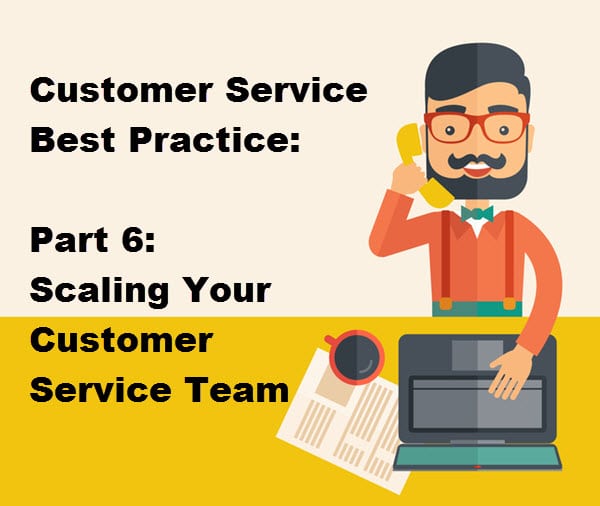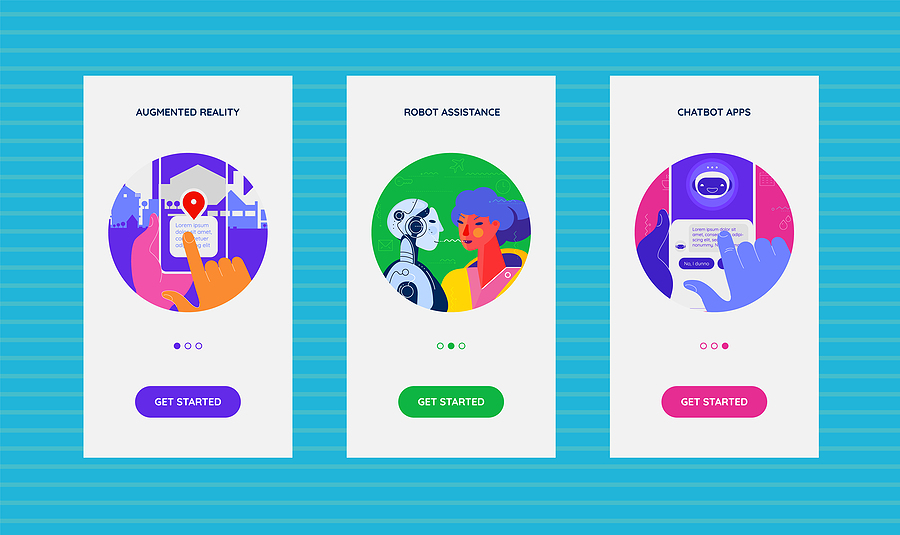
Scaling Your Customer Service Team
Lorem ipsum dolor sit amet, consectetur adipiscing elit. Ut elit tellus, luctus nec ullamcorper mattis, pulvinar dapibus leo.
HELLO!
This premium article is exclusively reserved for Subscription Insider PRO members.
Want access to premium member-only content like this article? Plus, conference discounts and other benefits? We deliver the information you need, for improved decision-making, skills, and subscription business profitability. Check out these membership options!
Learn more about Subscription Insider PRO memberships!
Already a Subscription Insider PRO Member?
Please Log-In Here!
Diane Pierson
Diane Pierson is the Founder and Principal Market Strategist of Innovate on Purpose, a consultancy enabling successful product innovation for tech companies through strategic focus and powerful go-to-market strategies. Diane is also a visiting instructor at Pragmatic Institute.
Diane Pierson has deep experience in product management and marketing, having delivered results to companies including Dun & Bradstreet, LexisNexis, American Lawyer Media and Copyright Clearance Center. She has built products & services that have delivered over $100 million in revenue and knows what works, and what doesn't, when executing product plans and strategies. She is also a contributor to Subscription Insider and past speaker at Subcription Show..
More Articles By Diane Pierson
Up Next
Register Now For Email Subscription News Updates!
Search this site
You May Be Interested in:
Smarter subscriptions start here! Join subscription leaders solving the industry’s most complex growth










